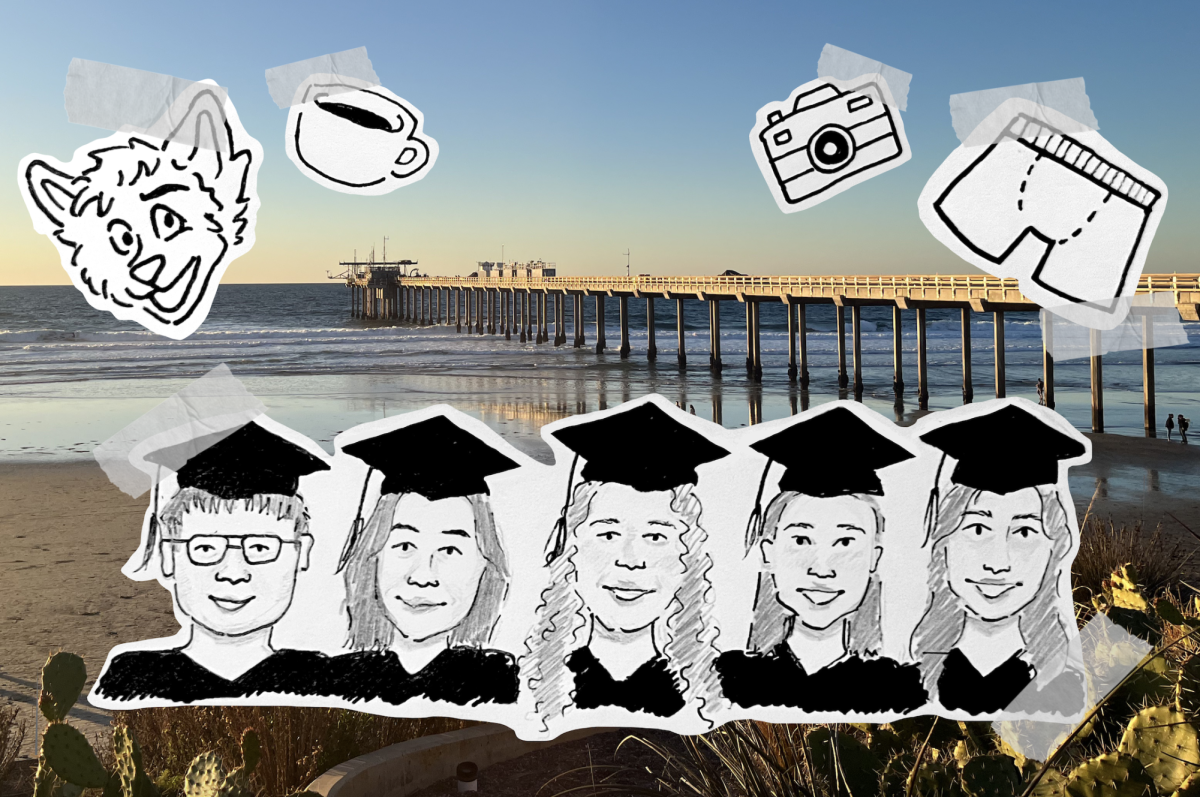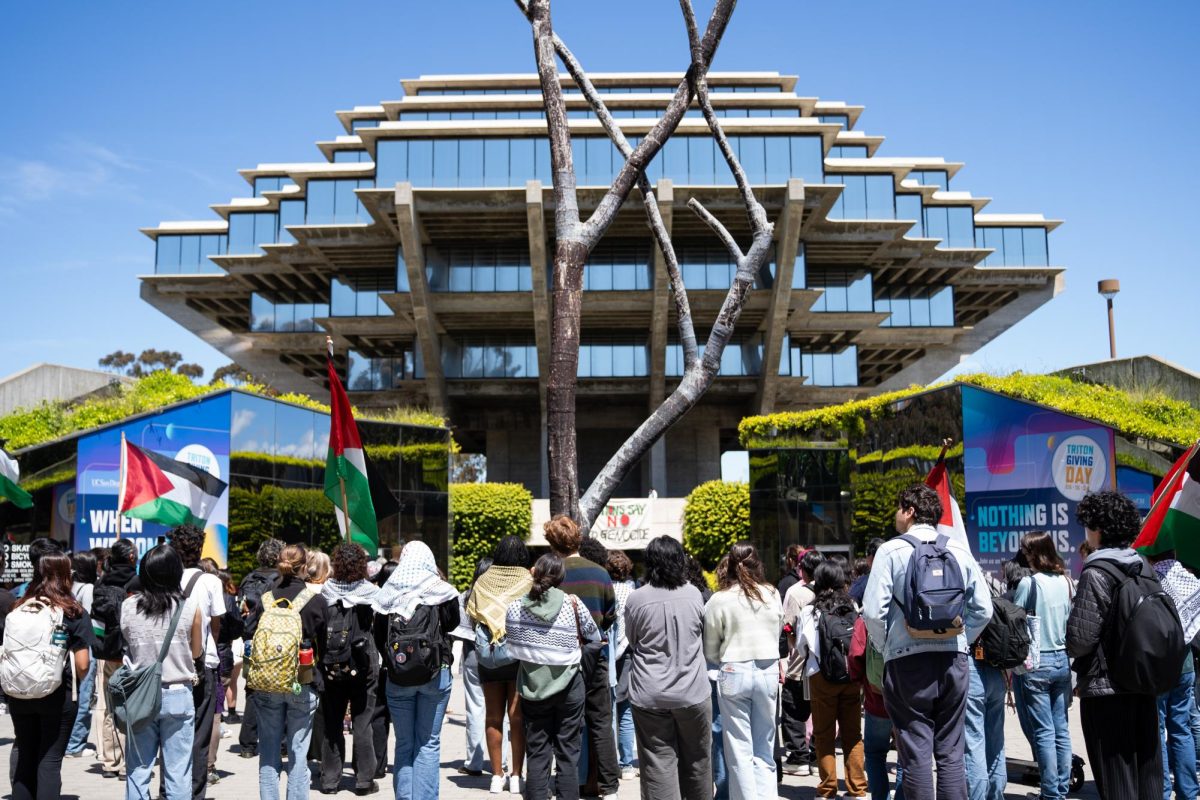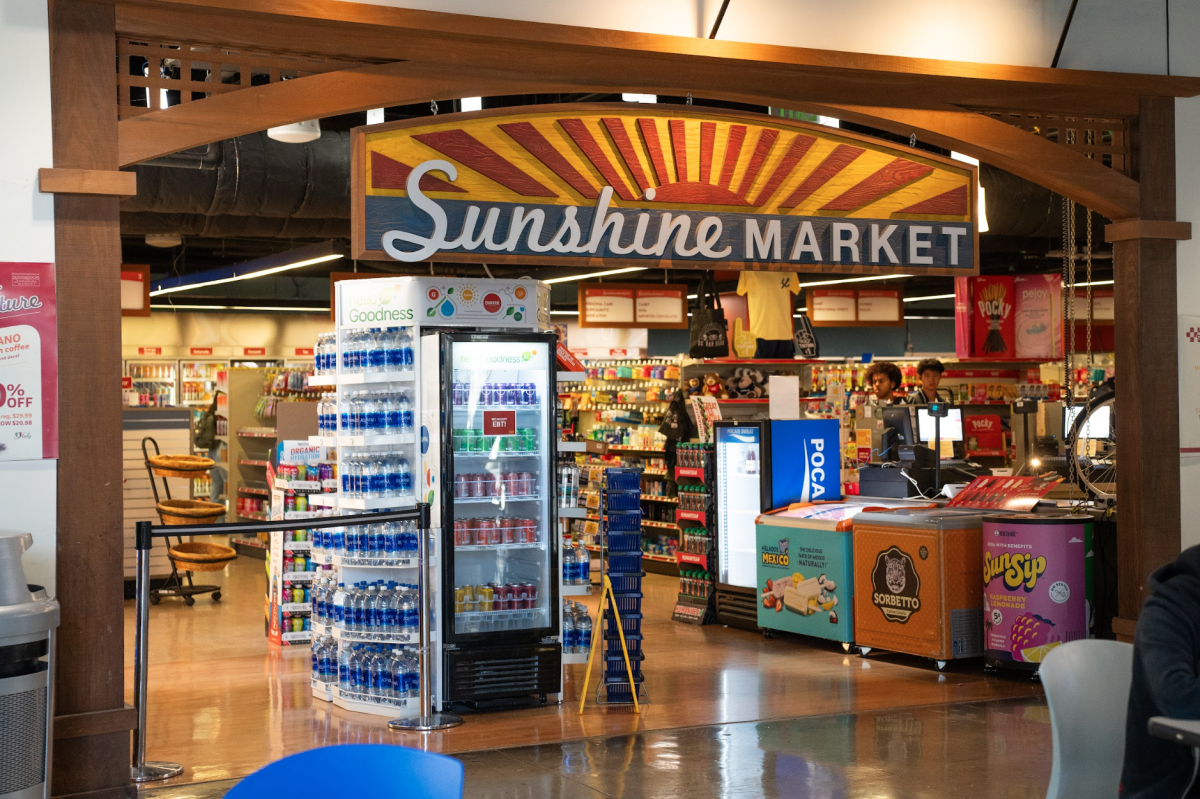
California is breaking. Not in to large gaping holes and crevices in the ground. No, this is less dramatic and much more dangerous. The Golden State is sliding and grinding against the North American tectonic plate. When large sections of a fault suddenly slip past one another and release waves of energy, we call it an earthquake and then post about it on Facebook. At this moment in fault lines all over the state, energy is being stored up for what people call “the Big One.”
In many scenarios, things might fall off the walls here in San Diego, and glasses might break, but in the Los Angeles area it is estimated that one in 16 buildings will sustain serious damage. The Great California ShakeOut Scenario, which is based off the work of more than 300 seismologists, estimates a 7.8 magnitude quake, enough to cause nearly 2,000 deaths and 50,000 injuries, not to mention $200 billion in damages. Although San Diego may not experience a significant amount of damage, the quake would likely cut off water, electricity and telecommunications.
Part of being Californian is understanding that there will be big quake in our lifetime. Dr. Peter Shearer, Associate Dean at Scripps Institution of Oceanography, knows this better than most and has spent his career studying seismicity.
“Realistically, there is more seismic hazard in the LA area, but I wouldn’t want people here to relax and think that they don’t need to worry about it,” Shearer said. “Even though we have a lower probability, the next big earthquake could be here. It’s just random chance.”
Dr. Shearer eagerly pulled out a detailed fault map of California to illustrate his point. It shows that the San Diego area is nestled between red lines of seismic hazard, although most people in San Diego live less than 15 miles from a fault. The San Andreas Fault is over 100 miles from San Diego County, but another fault that runs along Interstate 5 and under the Costco on Morena Boulevard threatens the area. The Rose Canyon Fault, dormant for over 200 years, runs under the city and off into the ocean for an unknown length. To the east, the San Jacinto Fault, an arm of the San Andreas Fault, could also be problematic.
“Rose Canyon is our local fault — that’s the fault that could cause the strongest ground-shaking in San Diego,” Shearer told the UCSD Guardian. “When you look at the seismic hazard maps of California, there is a much larger probability of large quakes on the San Jacinto than there is on the Rose Canyon Fault. But that’s not to say that there couldn’t be a substantial quake on the Rose Canyon Fault.”
Much like forecasting the weather, predicting earthquakes is far from exact and depends on a range of complicated factors, such as slip rate, recent quakes, length of a fault and locality. According to the Uniform California Earthquake Rupture Forecast, the probability of a magnitude 6.7 or above in the southern section of the San Andreas Fault is 59 percent in the next 30 years. A 6.7 magnitude in the San Jacinto fault only has a 30 percent chance of occurring in 30 years. The fault will definitely rupture — now it’s just a waiting game.
Dr. Debi Kilb, head of public outreach and education program SIO Games, explained to the Guardian that although predictions are very uncertain, early warning systems offer a life-saving alternative.
“When there is an earthquake, there are two different waves that go out — first the P-waves and the S-waves and then the damaging surface waves,” Kilb explained. “So what’s going on is that we are trying to detect the arrival of the P-wave at our seismic stations and figure out if a big earthquake is coming, and then send an alert to the city before the damaging surface waves arrive.”
Depending on the location of the quake, this system could warn residents between 10 seconds to a minute before the quake happens. Not only could this provide time to duck and cover but it could automatically shut off utilities to save both lives and infrastructure. It did just that in August 2014 when the seismic sensors provided ten seconds of warning to test users in Napa.
After the kinks are ironed out, this system would cost $32 million to implement and another $16 million for each year of operation.
However, even with this warning system, Dr. Klib emphasized that preparation and earthquake safety practice are key. SIO Games, which produces educational games for mobile devices, aims to help children understand seismic hazards.
“The more informed you are, the better, Klib said. “Practice ‘duck, cover, and hold-on’ and participate in the ShakeOut. Always assume today is going to be the day.”
This is also the policy of UCSD Manager of Emergency Services Dismas Abelman. Abelman told the Guardian that without precise quake predictions, we must always be prepared.
“The biggest challenge we face is the perception that ‘it’s not going to happen to me,’” he said. “After an emergency, people become aware and become prepared. After a year passes, they get back into the mindset. [Regardless of the circumstances], have a plan and take steps to be a bit more prepared than you were yesterday.”
Abelman advised all members of the community to put together a kit with basic necessities such as food, water, warm clothing, sturdy shoes and first aid supplies. He also emphasized knowledge of the evacuation routes.
Dorms generally have only one emergency drill per year. Each department has a separate evacuation and emergency protocol managed by a Department Safety Coordinator.
In an emergency, the campus would be separated into 13 different Emergency Response Zones. Students and faculty work and live in over 640 departments spread over 770 buildings, over 30 of which contain hazardous materials. However, despite the hard work of Emergency Services, students and faculty are largely unaware of protocol besides “Duck, Cover, and Hold-on.” In a stressful situation, even a small amount of confusion over proper evacuation could cause chaos and make it more difficult for emergency responders.
Participating in a drill such as the Great California ShakeOut, which is scheduled for Oct. 15 at 10:15 a.m., is vital to increasing preparedness, not only for earthquakes but also for other emergency situations.
“The way to prepare for an earthquake is the same way you prepare for an wildfire or a hurricane or a tornado,” Abelman said. “Get a kit and have everything together in one place and know where you are going to go. People are focused on wildfires and the upcoming El Niño event, but really you don’t prepare for an specific event — you just get prepared.”
This Thursday, over 10 million people will participate in emergency drills ranging from a simple duck, cover, and hold-on to full-scale evacuation drills. One of the main goals of the drill is to create a personal-preparedness plan that specifies where you would meet and how you would contact your friends and family. After studying previous disasters such as Hurricane Katrina, the Great ShakeOut aims to educate people about the “Text First. Talk Second.” campaign. The campaign advises people to send short texts to their family and friends to avoid overloading cellular networks.
Dr. Shearer told the Guardian that we can mitigate some hazards with better preparation. He also offered advice and solace to Californians over our seismic troubles.
“We have earthquakes in California, but that’s also part of what makes it such a beautiful state with the mountains,” Shearer said. “You don’t get the kind of topography that we have without the tectonics to go along.”







